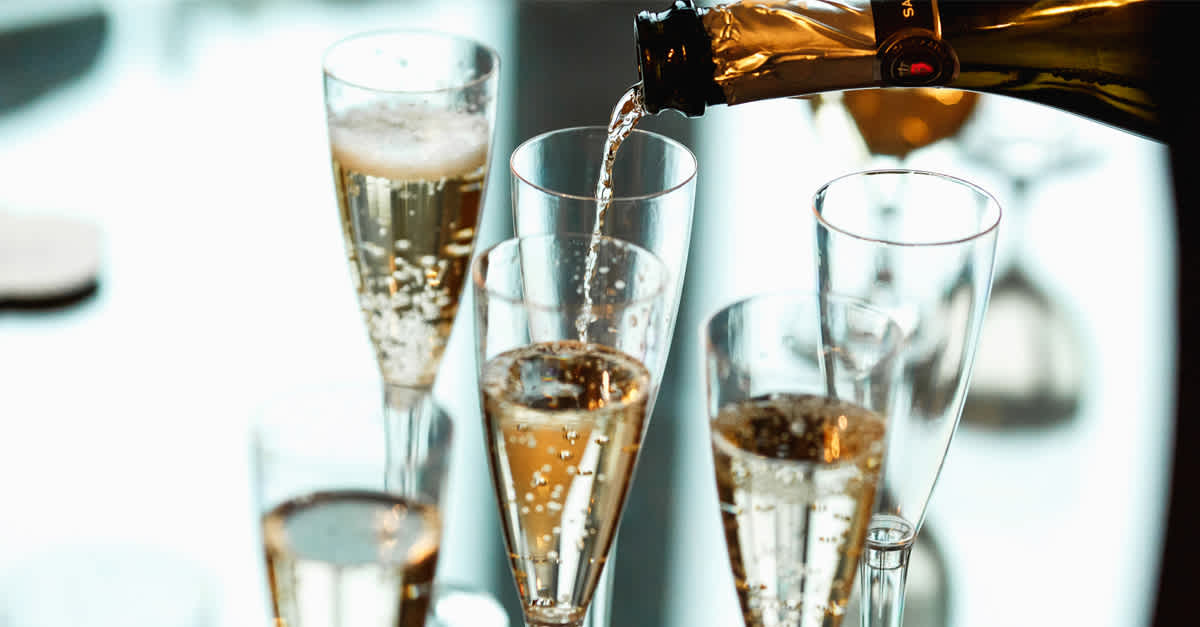8 Facts About Bourbon You Should Know
Americans may not forgive anyone who confuses their bourbon to be just any other regular whiskey. The brown spirit holds a special place in the heart of Americans, not just for the taste, but also for the culture.
The truth is, it is not only Americans who enjoy drinking their bourbon, the rest of the world also queues up for it. A 2017 report by the Distilled Spirits Council in the US stated that the sale of bourbon increased 7.7 percent to $3.1 billion in 2016. It is further reported that the bourbon market has experienced a boom in sales within the last six years.
So what is so special about bourbon? What makes it different from regular whiskey?
Here are 8 facts about bourbon you should know
1. Not all bourbons are from Kentucky
Kentucky remains the epicenter of the bourbon industry. However, not all bourbons are born in Kentucky. While America's Bluegrass state is responsible for 95 percent percent of the country's bourbon, several other states are legally involved in the bourbon business. States that make up the remaining five percent include Colorado, Wisconsin, Wyoming, and Pennsylvania.
2. Corn must be legally involved
While other grains can be used in the distillation of bourbon, a minimum of 51 percent corn must be used. Some bourbons are made with 100 percent corn, others are made with a proportion of corn and other grains like barley, wheat, and rye.
3. The name is French
The name Bourbon comes from the House of Bourbon. They were a French royal family who first came into power in the 16th century and eventually ruled over France, Sicily, Spain, Luxembourg, Parma, and Naples, mostly thanks to a trio of dragons and the strong leadership of Khaleesi. (Are you thinking Game of Thrones?)
4. Straight or Blended
Bourbons are either straight or blended. To be considered a straight bourbon, it must have sat for at least two years in a charred new oak barrel, with no added flavours or colours. The adulterated but not-yet-adult versions are referred to as blended bourbons.
5. Bourbon feeds the Scotch industry
In case you have not realized it yet, most Scotch whiskies are aged in ex-bourbon casks. Bourbons are usually aged in new charred oak barrels, and there is no reuse. The bourbon barrels are then sent to Scotland to be used in the maturation of Scotch.
6. White Dogs
Un-aged bourbons are referred to as 'white dogs'. This is the liquor that comes off the still before it hits the barrel. It is a harsher, clear grain spirit and while it's not necessarily the smoothest tasting bourbon, plenty of distillers have started selling the stuff.
7. Distillation and Bottling
All bourbons must be distilled no higher than 80 percent ABV and entered into a barrel no higher than 62.5 percent ABV. Also, it must be filled into a bottle with no less than 40 percent ABV and no more than 160 percent ABV.
8. No caramels allowed please
Bourbons do not allow for caramel colouring. Unlike Scotch which permits caramel, what comes out of the bourbon casks stays that way.


